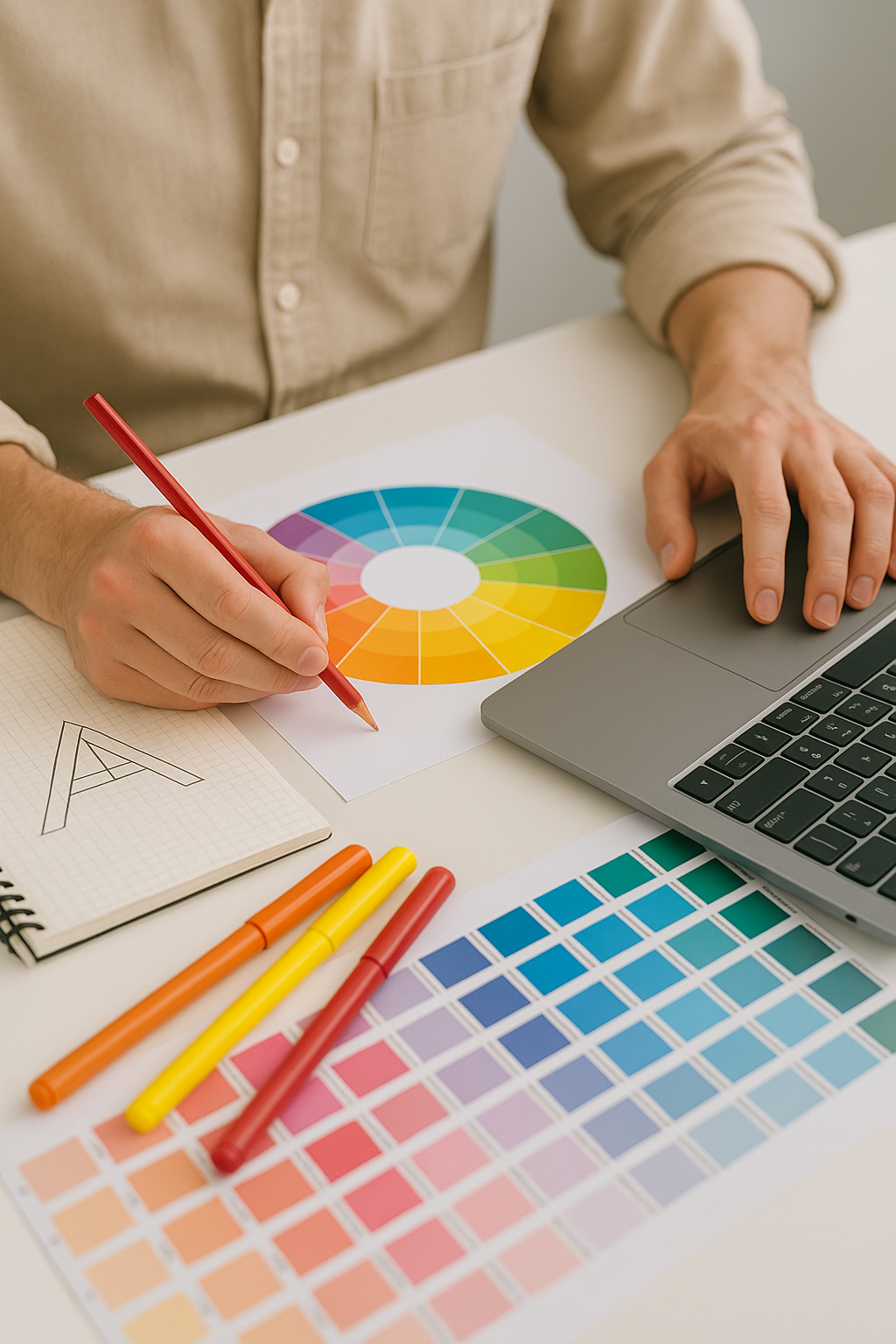In a world bombarded with sensory stimuli, minimalist graphic design stands out for its simplicity, elegance, and effectiveness. Embracing the less-is-more philosophy, minimalist design strips away unnecessary elements, focusing on clarity, balance, and functionality. In this article, we'll explore the beauty and impact of minimalist graphic design and the part it plays in visual expression.

Understanding Minimalism in Graphic Design
Minimalism in graphic design is about distilling a message down to its essence, using the fewest elements possible to convey meaning. It emphasises clean lines, ample white space, and restrained use of colour and typography. By removing clutter and distractions, minimalist designs create a sense of calm and clarity, allowing the message to shine through.
The Principles of Minimalist Graphic Design
At its core, minimalist graphic design is guided by several key principles:
- Simplicity: Minimalist designs prioritise simplicity, favouring clean and uncluttered layouts over complexity.
- Hierarchy: Clear hierarchy ensures that important elements stand out while maintaining visual harmony.
- Whitespace: Ample whitespace, or negative space, gives designs room to breathe and enhances readability.
- Typography: Minimalist typography is clean and legible, focusing on sans-serif fonts and limited variation.
- Colour: Minimalist colour palettes are often limited to a few hues, emphasising neutral tones or a single accent colour.
By adhering to these principles, designers can create minimalist designs that are both visually striking and highly functional.

Minimalism as a Design Trend
While minimalist design has deep roots in art and architecture, it has experienced a resurgence in recent years, particularly in digital and branding contexts. Brands seeking to convey sophistication, modernity, and simplicity often turn to minimalist design to differentiate themselves in a crowded marketplace. From sleek logos to minimalist websites, the aesthetic appeal of minimalism continues to captivate audiences across industries.
Minimalist Graphic Design in Branding
In branding, minimalist graphic design can be a powerful tool for creating a strong visual identity. Minimalist logos convey professionalism, confidence, and timeless appeal by distilling a brand's essence into a simple yet memorable mark. Brands like Apple, Nike, and Airbnb have greatly embraced minimalist design, utilising its clean aesthetic to communicate their values and ethos to consumers.
The Impact of Minimalist Design on User Experience
Beyond aesthetics, minimalist graphic design profoundly impacts user experience. Minimalist designs enhance usability and intuitiveness by removing extraneous elements and focusing on essential functionality. Whether it's a minimalist app interface or a clean website layout, users appreciate designs that are easy to navigate without unnecessary clutter.
Minimalism in Print and Editorial Design
In print and editorial design, minimalist principles can be seen in magazine layouts, book covers, and marketing collateral. The minimalist design allows content to take centre stage, drawing readers in with its simplicity and elegance. From minimalist posters to minimalist book covers, designers use negative space, typography, and imagery to create visually compelling compositions that resonate with audiences.
Minimalism has been around for a long time and its presence in graphic design is more than just a trend – it's a timeless aesthetic that continues to shape the visual landscape across industries. By embracing simplicity, clarity, and functionality, minimalist designs captivate audiences, effectively conveying brand messages, and enhancing user experiences. Whether you're a designer looking to refine your skills or a business seeking to make a statement, mastering the art of minimalist graphic design is essential in today's digital world.
If you are thinking of a deeper exploration into minimalist graphic design, our courses cover the principles and techniques behind this impactful aesthetic. Our comprehensive graphic design curriculum will unlock your creative potential and elevate your design skills.

